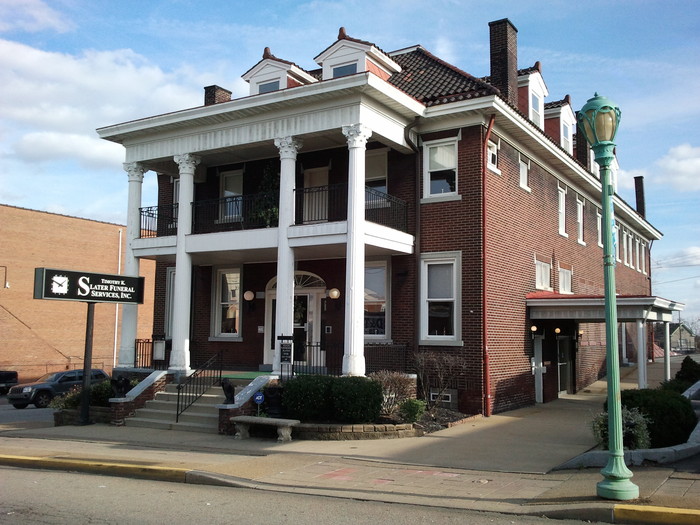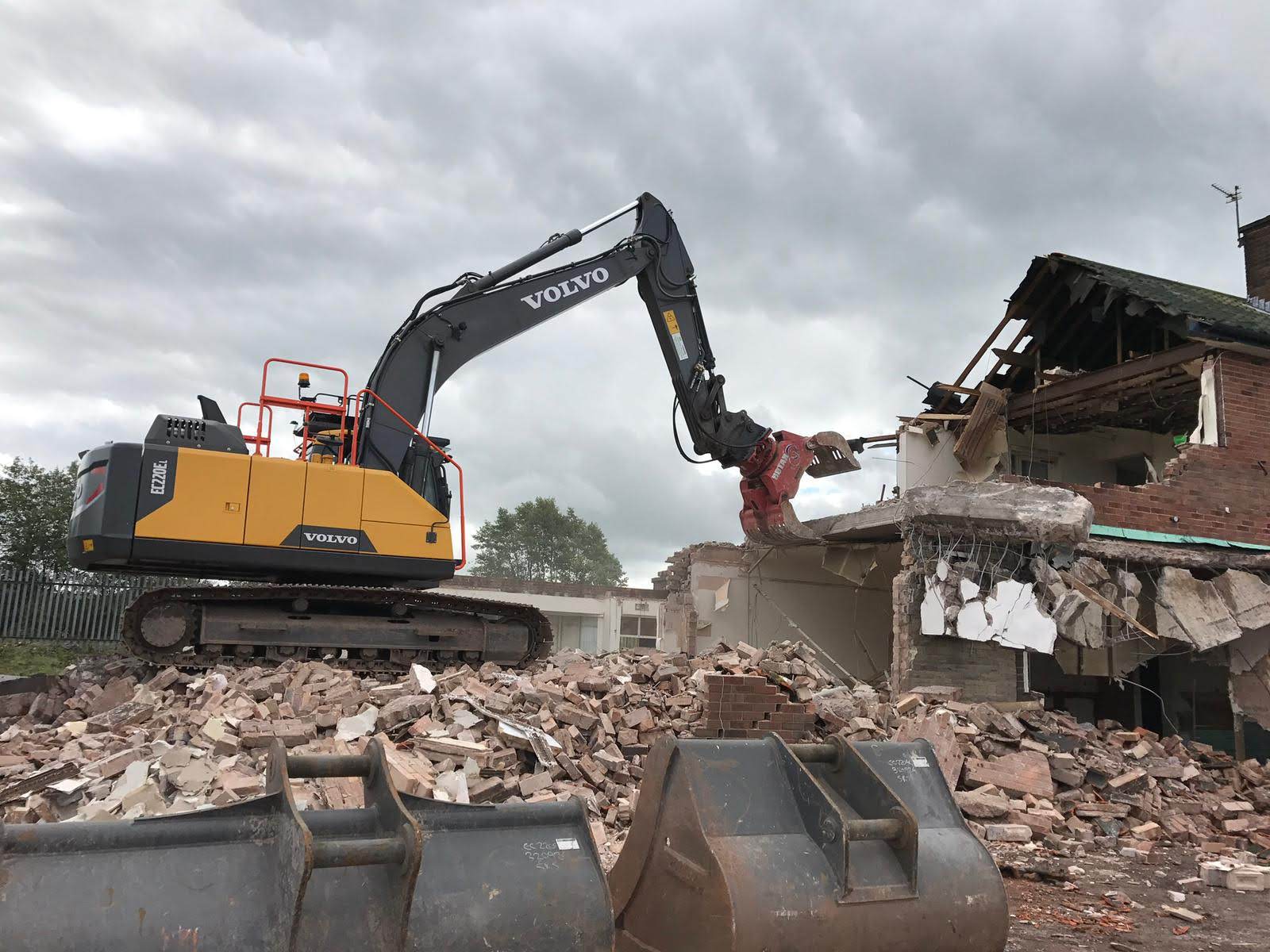The most important property of stainless steel is its resistance to rust and corrosion, which gave the steel its name. That property comes from a chemical process called passivation, which happens naturally as a result of the alloy’s composition.
Stainless steel includes a relatively large amount of chromium. When the chromium gets exposed to the air, it reacts with oxygen to create a thin layer of chromium oxide, which reacts with very few chemicals that are found in nature.
Since the chromium oxide forms a solid layer, any iron that it covers will be protected from the environment. That prevents it from reacting with oxygen to create rust, or with any other chemicals that can cause it to degrade.
Treatments
In most cases, this happens naturally. However, there are some treatments that can accelerate the process. Removing scale and other contamination from the production process is the most important treatment, since those contaminants can cover the chromium and prevent passivation from occurring at all.
Many manufacturers follow that with an acid treatment. Some use nitric acid, which was the most popular choice for most of the metal’s history, but most modern producers use citric acid instead.
Citric acid is safer for the workers to handle, does not introduce new contaminants into the steel or the environment, and does not cause any damage to the steel, which makes it the superior choice in most cases.
The acid treatment works by reacting with any free iron atoms that are in the top layer of the steel. Those atoms are exposed to the air, so they rust rather than undergoing passivation.
That both damages the metal and prevents complete passivation, so their removal can greatly improve the steel. The acid removes them, but leaves the chromium in place, which leads to a complete outer layer that can undergo proper passivation.
What Are The Benefits?
The layer of chromium oxide protects the vulnerable iron from the environment. While the simply realities of chemistry do mean that the protection is imperfect, it does prevent corrosion in the vast majority of cases.
That allows steel to be used in a variety of applications that would otherwise be impossible due to the risk of corrosion.
How Is It Maintained?
It is important to remember that passivation is a physical process. It’s possible to remove chromium oxide from the steel, usually through abrasion. If that removal exposes more chromium to the air and the environment can support passivation, the layer will naturally repair itself over time.
If it exposes iron to the air, then the steel can begin to rust. That means that stainless steel should be treated to reapply the passivation if it is being exposed to abrasive elements or anything else that could remove the chromium oxide.
In most cases, treating the steel with acid again will solve the problems. It will remove exposed iron, expose chromium, and allow a new layer to form. In some cases, the steel will need to be cleaned to expose the metal before the treatment can take place.
Treating steel that is currently in use can be challenging, so the details of the process will vary significantly depending on the needs of the steel and the practical realities of the situation.




